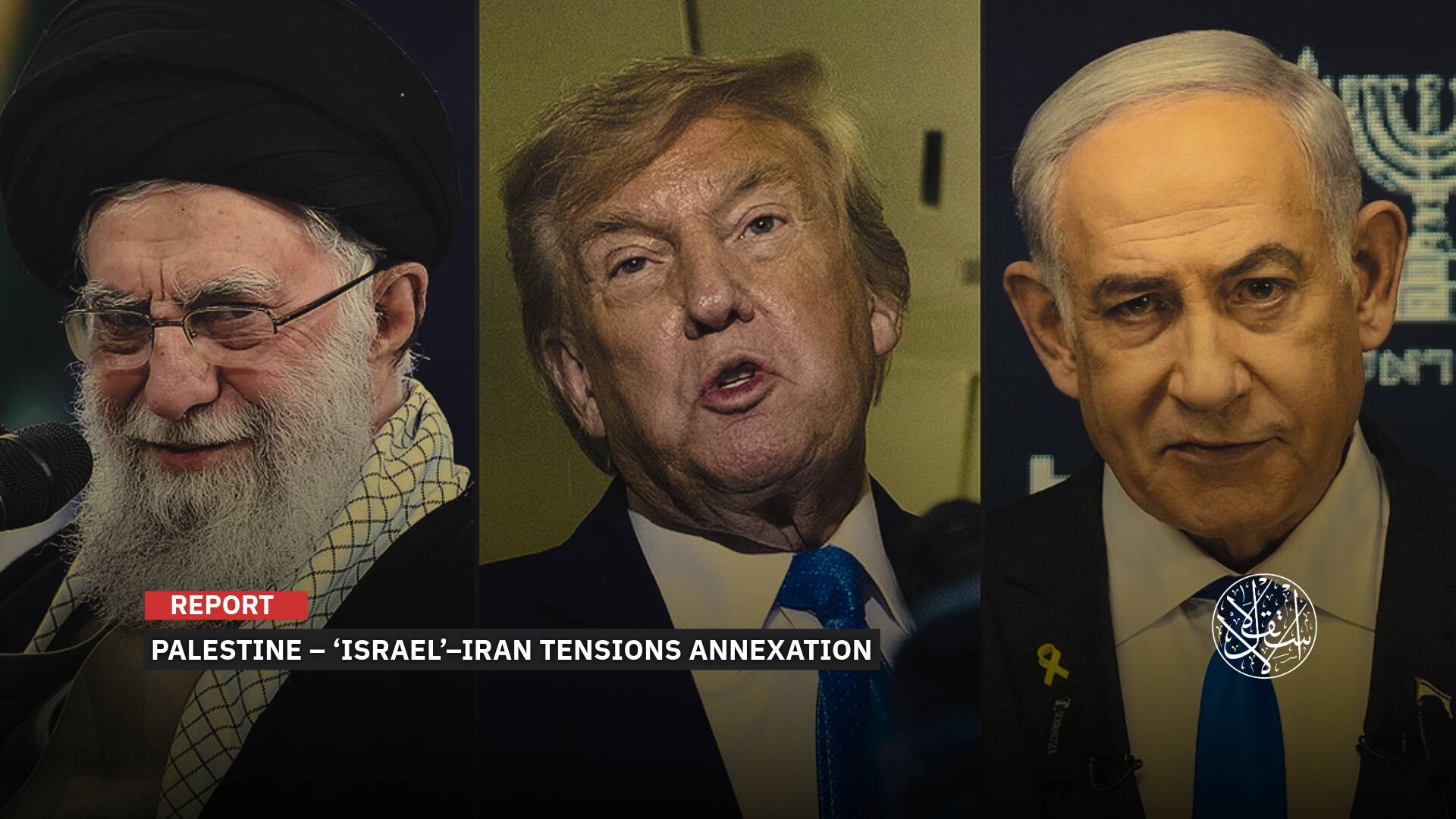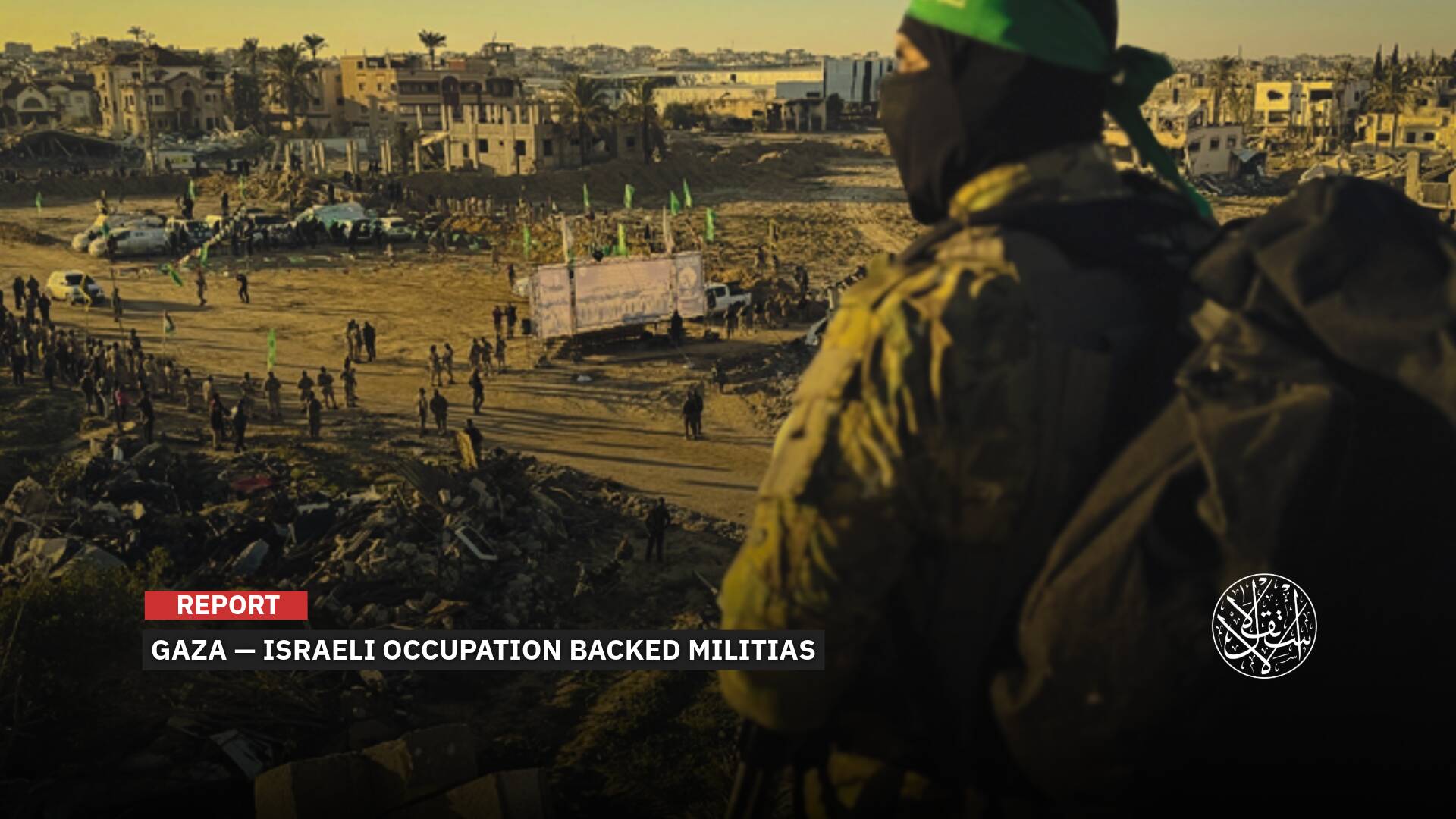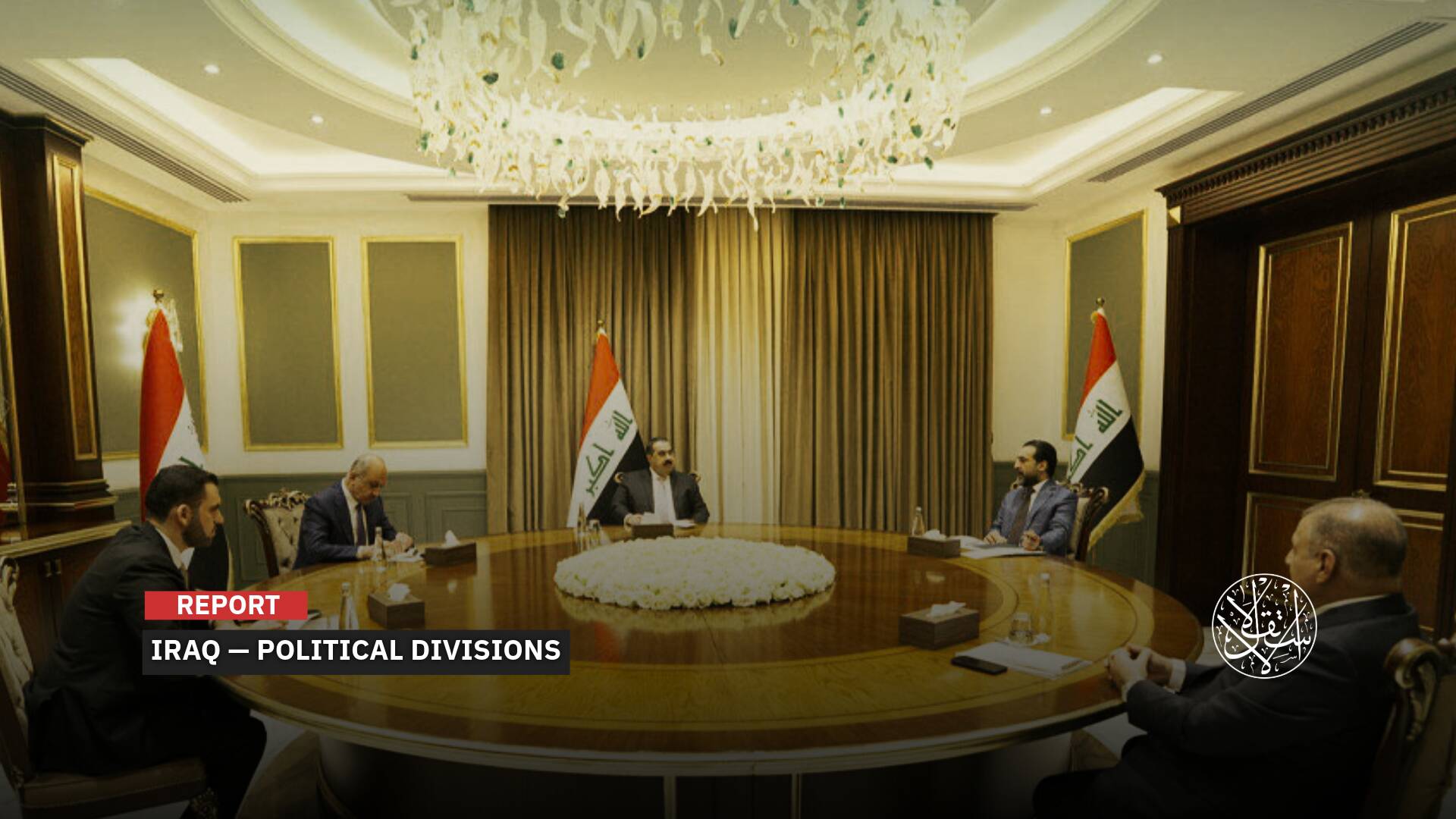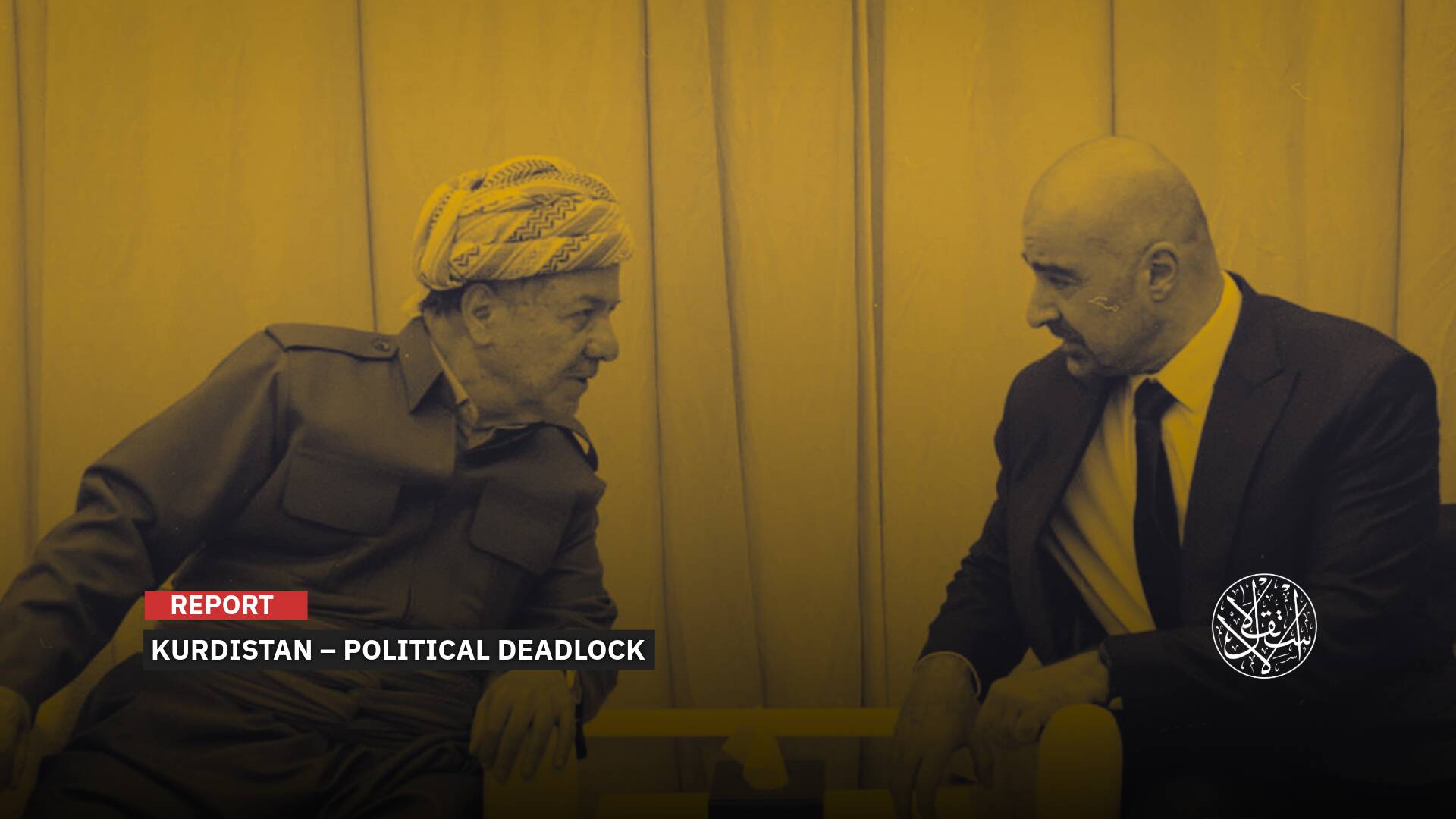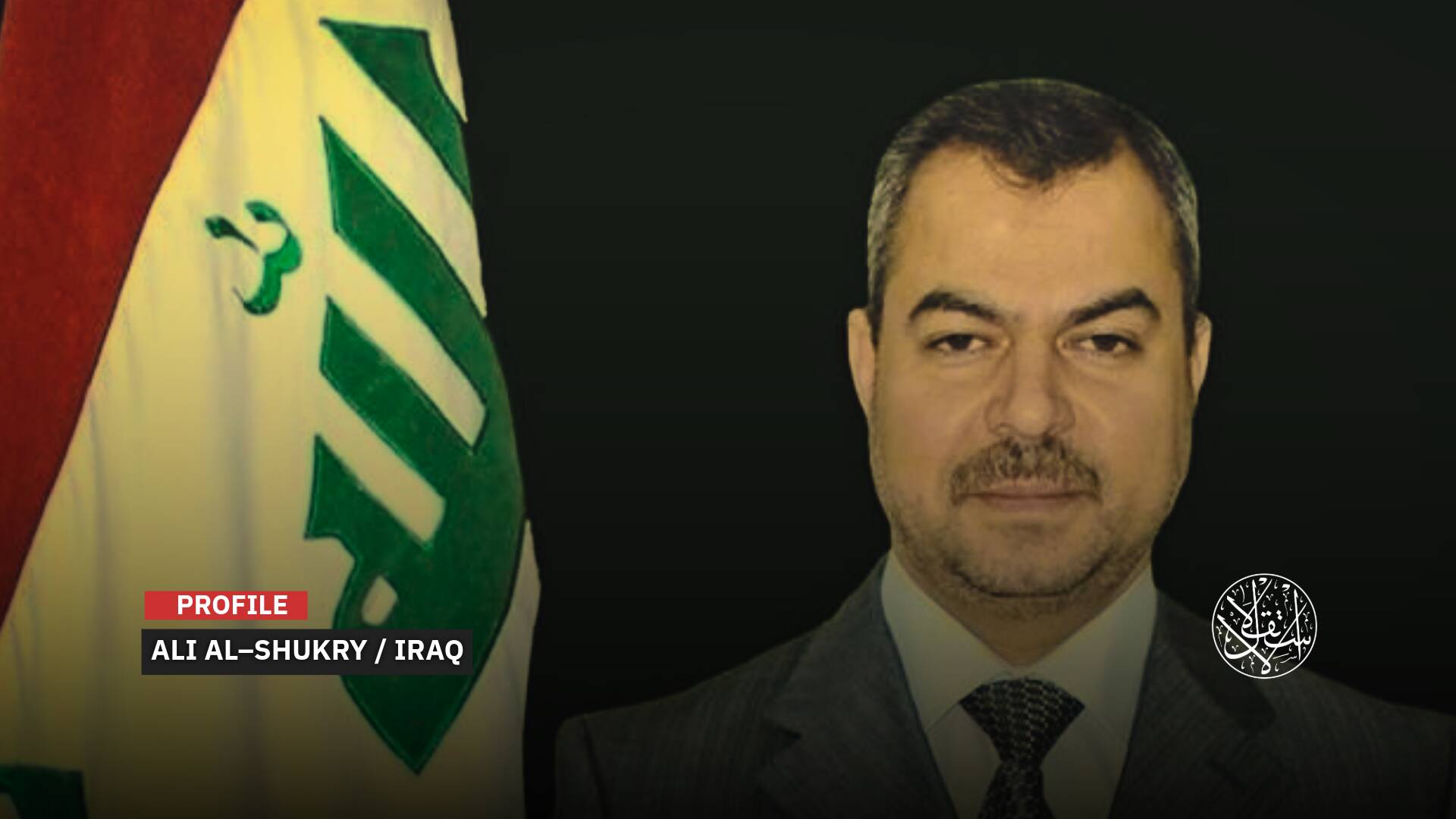‘Israel’ Breaks the ‘Disengagement Agreement’ and Declares War as Assad’s Regime Falls

The occupation army published provocative photos of its soldiers from the Mount Sheikh site.
Just hours after the revolution's victory and the collapse of the al-Assad family's 61-year rule, “Israel” declared war on Syria.
In a swift move, “Tel Aviv” annulled the "Disengagement Agreement" signed with Hafez al-Assad’s government in 1974, and began launching a full-scale military war on Syria.
Israeli forces conducted intensive airstrikes and ground incursions, targeting and obliterating Syria's military capabilities.
The Israeli military seized Mount Shekh and territories, including villages, extending more than 25 kilometers into Syrian territory, adding to the Golan Heights, which has been occupied since 1973.
They bombed military bases, warplanes, weapons depots, Russian "Pantsir" defense systems, tanks, and command centers.
These aggressive Israeli moves marked a significant shift toward escalation, based on the assumption that the Disengagement Agreement had never ended the war between the two sides, but rather had only halted the fighting.
Now that “Tel Aviv” has canceled it, citing the need to prevent Syrian rebels from seizing the weapons of Assad's forces or the positioning of Sunni Islamist factions in the demilitarized zone along the Golan Heights, Syrians now have the right under international law to attack “Israel.”
Does this mean “Israel” is opening a new front in Syria after Gaza and Lebanon? What are the goals behind the escalation?
Is “Israel” seeking to complete the objectives of the October 1973 war, taking advantage of Donald Trump’s presidency, which saw him recognize its disputed sovereignty over the Golan Heights?
The Israeli state has shown deep concern over the victories of the Syrian Opposition, who have liberated city after city, reaching the capital Damascus.
Warnings have intensified, with cries that the victorious “Islamists” pose an even greater threat to “Tel Aviv.”
Declaring War
Just hours after the Syrian Opposition reached Damascus and Bashar al-Assad fled, on December 8, 2024, Israeli Prime Minister Benjamin Netanyahu announced the termination of the 1974 disengagement agreement with Syria during a visit to the Golan Heights with Defense Minister Israel Katz.
The Israeli security cabinet (the "kitchen cabinet") unanimously approved the occupation of Mount Sheikh in the Syrian Golan and the establishment of a buffer zone.
According to Israeli security sources, quoted by Channel 12, "Our military will be responsible for this buffer zone as an operational arm, much like in Lebanon."
The proposal to occupy Mount Sheikh (‘Mount Hermon’) was put forward by Gallant, based on a plan devised in coordination with the Israeli army.
He justified the move by stating, "Syria is an uncontrollable zone, with armed men we cannot control, and we don’t know which army is roaming the area."
Following his declaration of the collapse of the 1974 ceasefire agreement, “Israel” launched a war on over 100 targets within Syria on the first day, marking the most intense wave of strikes since the 1973 October War.
The Syrian Air Force’s aircraft were destroyed, according to Israeli reports.
Airports, including the Mezzeh military airport in Damascus, Russian air defense batteries, and buildings belonging to intelligence and immigration services were also targeted and obliterated.
The army radio reported that “Tel Aviv” is "attacking anything that could threaten Israel in Syria," including "any intelligence material that could be used by our enemies in the future, any military storage, and any air defense system."
It added that "Israel has decided to fully capitalize on the opportunity amid the chaos in Syria, launching the broadest possible attack."
On the second day, December 9, 2024, the Israeli military launched a series of airstrikes on new military sites, including targets in Damascus, Daraa in the south, and the coastal region in the west, according to the Syrian Observatory for Human Rights.
According to the Observatory, "The airstrikes targeted military sites containing anti-tank missiles and air defense systems," noting that “Israel” “deliberately destroyed everything that could pose a threat to it.”
Israeli military radio reported that on the second day of the war, the air force struck more than 150 military targets within Syrian territory, while the Syrian Observatory for Human Rights estimated the total number of airstrikes over two days at 310.
Syria and Israeli reports indicated that Israeli aircraft targeted three major airports and launched airstrikes on the port of Latakia in the northwest, hitting military vessels docked there.
Near the port, an air defense facility was also destroyed.
The Israeli military also launched an attack on Qamishli Airport in northern Hasakah, in northeastern Syria, and destroyed the Scientific Research Center in Barzeh, Damascus.
It repeatedly targeted squadrons of warplanes, military airports, and air defense batteries.
Describing these operations on December 9, 2024, as "unprecedented," Israeli military radio noted that "Israeli fighter jets are carrying out intensive strikes aimed at destroying all military targets belonging to the Syrian regime."
These targets included weapons depots, military facilities, and advanced military vehicles.
The radio confirmed that the airstrikes on Syrian sites aim to destroy the capabilities of the Syrian army, including tanks, aircraft, helicopters, ships, air defense systems, missile arsenals, military factories, and intelligence facilities.
It stated that "everything the Syrian army had built over decades is being destroyed these days."
The radio also pointed out that Israeli aircraft are using heavy bunker-busting bombs in successive waves of attacks, reducing air bases to rubble, as part of “Israel's plan to systematically dismantle Assad's military.”

Israeli military radio stated that these attacks "follow a strategic decision by the leadership to destroy all advanced and strategic military capabilities following the collapse of the Assad regime."
The goal, it said, is "to force the future Syrian state to rebuild its military capabilities from scratch, as a new nation."
The bombing of intelligence centers in Syria has raised questions about its purpose. Syrians have speculated that the aim might be to conceal “Israel's” secrets and spies within Bashar al-Assad’s regime.
Hebrew media outlets have claimed that the Israeli strikes on sites in Damascus were carried out at the request of Maher al-Assad, the brother of Bashar al-Assad, to eliminate sensitive documents stored at the passport office, the Fourth Division headquarters, and his private residence near the division.
These reports allege that "Maher had been in contact with Mossad (Israel's external intelligence agency) and possessed dangerous confidential documents he feared might leak. As a result, Israel took the initiative to destroy the headquarters based on his request and information."
Occupation of New Territory
Simultaneously with the airstrikes, the Israeli military launched a ground invasion into Syrian territory, occupying the strategically important "Mount Sheikh" area, which includes five Syrian Druze villages, in addition to 15 others.
The forces advanced up to 14 kilometers into Syrian territory and later extended their incursion to 25 kilometers near Damascus.
Netanyahu claimed that the 1974 agreement collapsed when the Syrian regime abandoned its positions, "so we issued orders for the Israeli military to take control of these sites to ensure no hostile force could settle on our borders."
“This is a temporary defensive position until a suitable arrangement is found,” Netanyahu said.
Meanwhile, Israeli newspapers and analysts have suggested that “Tel Aviv” seeks new negotiations with the new Syrian regime to prevent Syrian forces from being stationed near its borders, effectively turning the area into a buffer zone.
On December 10, 2024, Reuters reported, citing security sources, that “Israel, which has just agreed to a ceasefire in Lebanon following weeks of fighting the Iranian-backed Hezbollah movement, calls the incursion into Syrian territory a limited and temporary measure to ensure border security.”
Rami Abdulrahman, the head of the Syrian Observatory for Human Rights, stated, "Israeli tanks were seen advancing into the far southern western countryside of Damascus. We were relieved by the fall of the tyrant, but it is tragic that the entire Syrian army's capabilities are being destroyed and Syrian land is being violated."
"Israel has targeted and completely destroyed military assets belonging to the future Syrian army in 310 airstrikes since the fall of the tyrant’s regime, across Syria’s entire territory—airports, warehouses in Damascus, and more, all obliterated," Abdulrahman added.
The Syrian source explained that Israeli forces "have reached the town of Qatana, located 10 kilometers inside Syrian territory, east of the demilitarized zone separating the Golan Heights from Syria."
However, Israeli military radio claimed that "the occupying forces have not exceeded the buffer zone and are still operating solely within the 30-kilometer area from Damascus."

Before expanding its occupation of Syrian territory to 25 kilometers, “Israel’s” Kan News reported on December 8, 2024, citing an Israeli source, that political leaders in “Israel” were considering the possibility of deepening the military's control within Syrian territory.
The report claimed that "this move is aimed at deterring armed opposition forces in Syria from entering the area that separates the Golan Heights from the rest of Syrian territory."
Israeli Foreign Minister Gideon Sa'ar claimed, in a briefing to foreign journalists on December 9, 2024, that the control of the "buffer zone" in the Syrian Golan was a "very limited and temporary step."
Both Sa'ar and an Israeli government spokesperson acknowledged that the military had surpassed the buffer zone and advanced into the Syrian side of Mount Sheikh, located at the border between Syria and Lebanon, where they took control of observation posts previously held by al-Assad's regime.
Government spokesperson David Mincer justified the "seizure" of all sites abandoned by the Syrian army, including those in the Mount Sheikh area, claiming it was to “ensure that no hostile jihadist force or Hezbollah (Lebanese) could station itself near the border.”
On December 9, 2024, the Hebrew newspaper Maariv reported, citing "informed sources," that "the goal is not to invade Syrian territory and remain there permanently, but to exploit the situation to enhance Israel’s security and protect the occupied Golan Heights."
Journalist Hafez Mirazi wrote on X, “The goal of Israel’s occupation yesterday of another 300 square kilometers of Syria seems to have two aspects: expansion if the Syrian revolution fails to unify and stabilize the country, or negotiating a peace treaty with a stable government in Damascus that does not return any inch of the occupied Golan Heights, which the U.S. recognizes as Israel’s annexation of!”
In an attempt to cover up its blatant war against Syria and its violation of international law by occupying Syrian territory, the United States repeated “Israel's” justifications.
Matthew Miller, spokesperson for the U.S. Department of State stated that “Israel’s” incursion into the demilitarized zone in the Syrian Golan "remain[s] temporary."
“This is a temporary action that they have taken in response to actions by the Syrian military to withdraw from that area. Now, what we want to see ultimately is the – that agreement fully upheld, and we will watch to see that Israel does that. They have said that they are – that this is a temporary action, and we’re going to be watching what they – what steps they take in the coming weeks,” Miller said.
When asked if Washington was directly calling on “Tel Aviv” to withdraw, Miller pointed out that “we want to see the 1974 disengagement agreement upheld, and that includes the terms of the buffer zones, which includes Israel withdrawing to its previous position.”
“We support all sides upholding the 1974 disengagement agreement,” Miller further emphasized.
However, he ignored the fact that “Israel” itself had dismantled and annulled this agreement with the previous regime, meaning it will not leave the newly occupied areas without a new agreement with the future Syrian state.
The U.S. site Axios reported, citing an Israeli official, that “Israel notified the U.S. in advance about its operation to take control of the buffer zone on the border with Syria and several other key locations on the Syrian side of the border.”
Under the guise of "seizing the opportunity," the Israeli military published provocative photos of its soldiers from Mount Sheikh, the highest strategic point overlooking the Golan Heights and the Lebanese and Syrian territories.
An urgent statement was issued by the Israeli army spokesperson, warning residents in five villages in southern Syria — Ofaniya, Quneitra , al-Hamidiyah , Western Samadanism, and Qahtaini — of "fighting within your area," urging them to stay indoors and refrain from leaving until further notice.
Where are the UN forces?
Amid this war and escalation, questions have arisen about the role of the United Nations peacekeeping force between “Israel” and Syria, known as United Nations Disengagement Observer Force (UNDOF).
The United Nations established this force on May 31, 1974.
“From early March 1974, the situation in the Israel-Syria sector became increasingly unstable, and firing intensified. The United Nations Disengagement Observer Force (UNDOF) was established on 31 May 1974 by Security Council resolution 350 (1974), following the agreed disengagement of the Israeli and Syrian forces in the Golan.”
“Since then, UNDOF has remained in the area to maintain the ceasefire between the Israeli and Syrian forces and to supervise the implementation of the disengagement agreement,” as reported by the United Nations Peacekeeping.
Although “Israel” and Syria have remained technically at war, the region has remained relatively calm, aided by the peacekeeping mission and al-Assad's regime's adherence to maintaining peace without attempting to reclaim the Golan.
The UN has renewed the peacekeeping mandate several times, most recently in June 2024, when the Security Council decided to extend its mandate until December 31, 2024.

According to ARK news, “The UN Security Council issued a resolution obligating the Syrian regime and Israel to strictly and fully respect the terms of the 1974 Disengagement Agreement.”
However, “Israel” has effectively expelled the UN peacekeeping force from the Golan Heights and occupied new territories without facing condemnation from the Security Council.
In November 2024, the United Nations accused “Israel” of committing "severe violations" of the agreement after engaging in "engineering groundwork activities" to encroach on a key buffer zone in the Golan Heights.
A UN spokesperson stated that the advance of Israeli incursion into the demilitarized zone in the Syrian Golan constitutes “a violation of the 1974 disengagement agreement and called on both Israel and Syria to uphold it.”
The military situation between “Israel” and Syria prior to the collapse of the al-Assad regime was based on the "Disengagement Agreement," which was signed on May 31, 1974, in Geneva with representatives from the United States, the United Nations, and the former Soviet Union.
The agreement called for the separation of Syrian and Israeli forces in the region following the 1973 war, with "disengagement" not signifying the end of the war.
This meant that the state of war continued, as no peace treaty was signed, unlike with Egypt in the Camp David Accords or Jordan.
Under the 1974 agreement, a buffer zone was created, along with two equally sized areas with limited forces and weapons on both sides of the border.
“Israel” had seized the Golan Heights during the 1967 war and annexed it in 1981 in a move that is not recognized under international law.
The region holds significant military importance as well as valuable water resources.
The Golan extends over about 800 square kilometers, home to roughly 20,000 Druze inhabitants and around 25,000 Israelis spread across more than 30 settlements.


